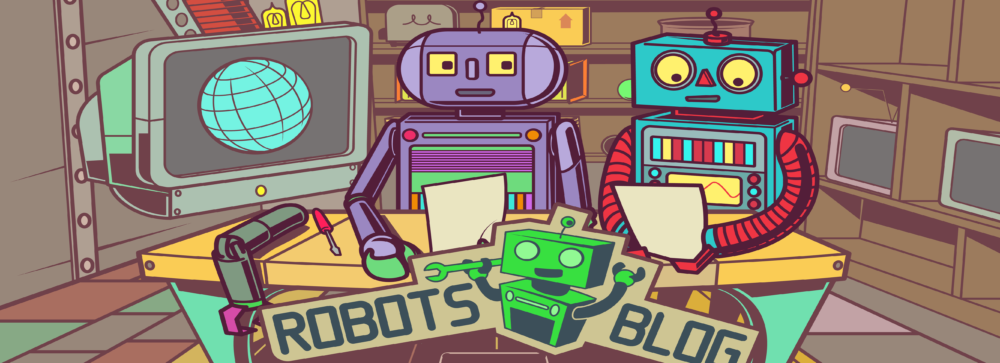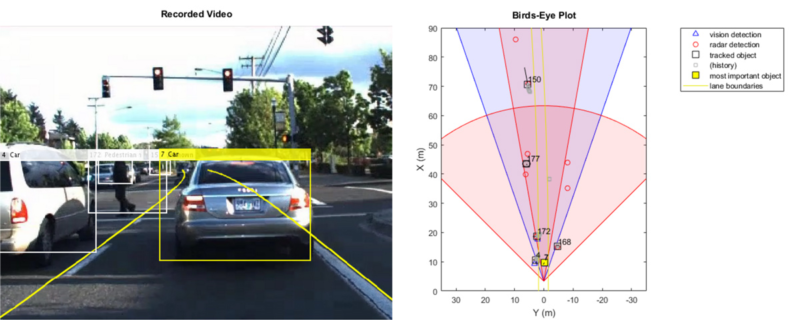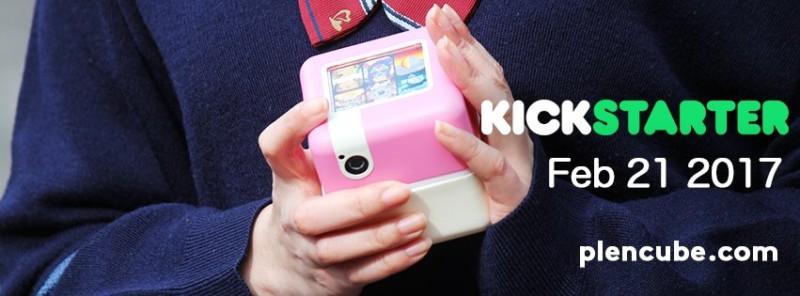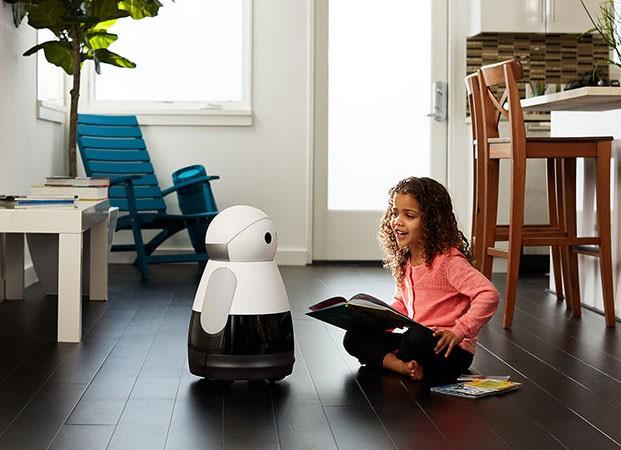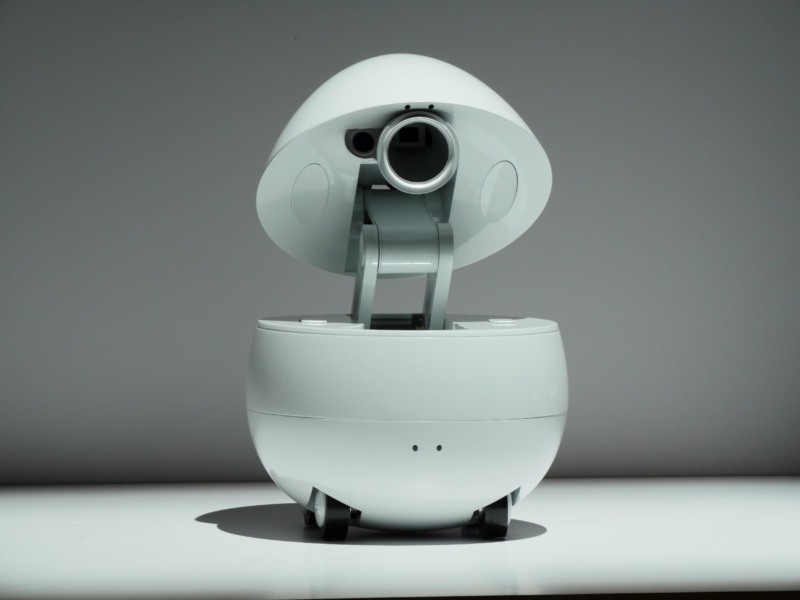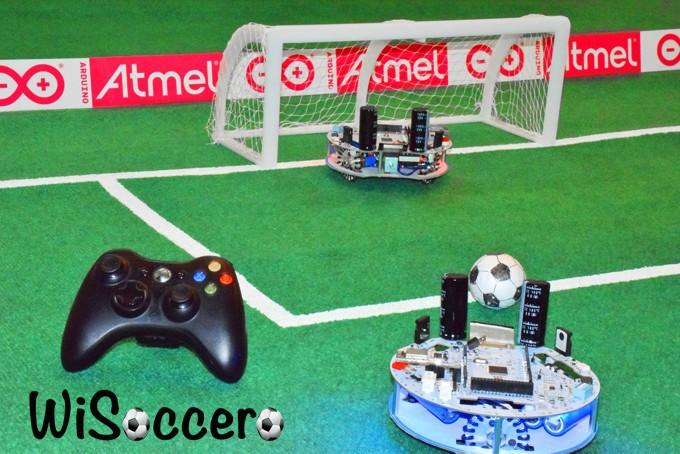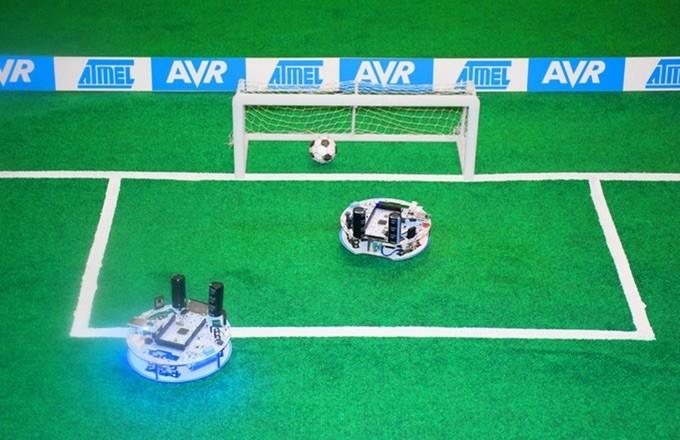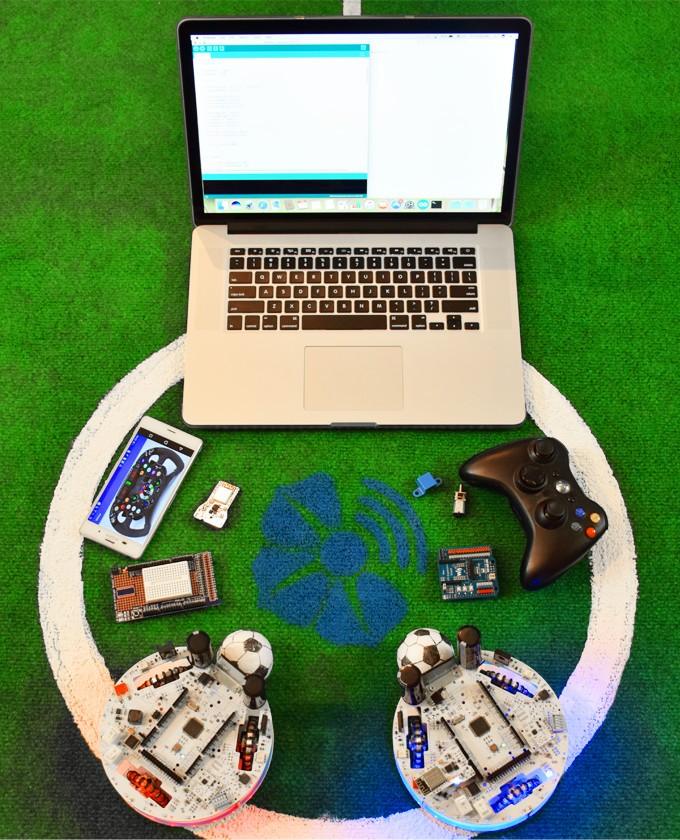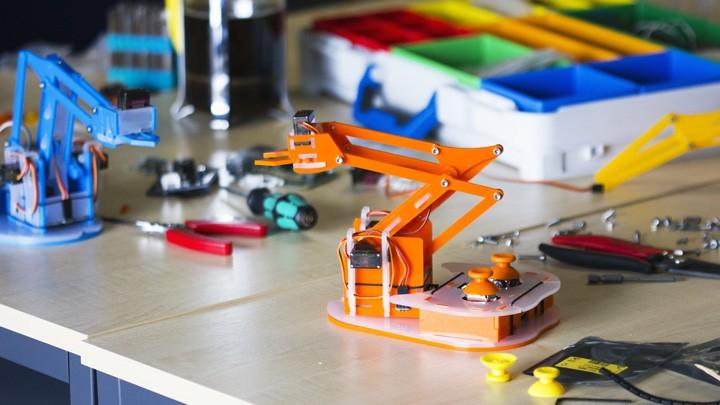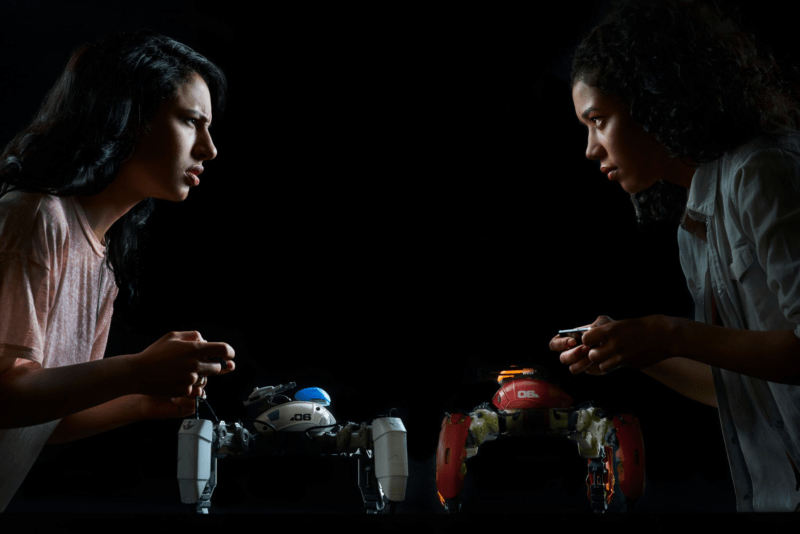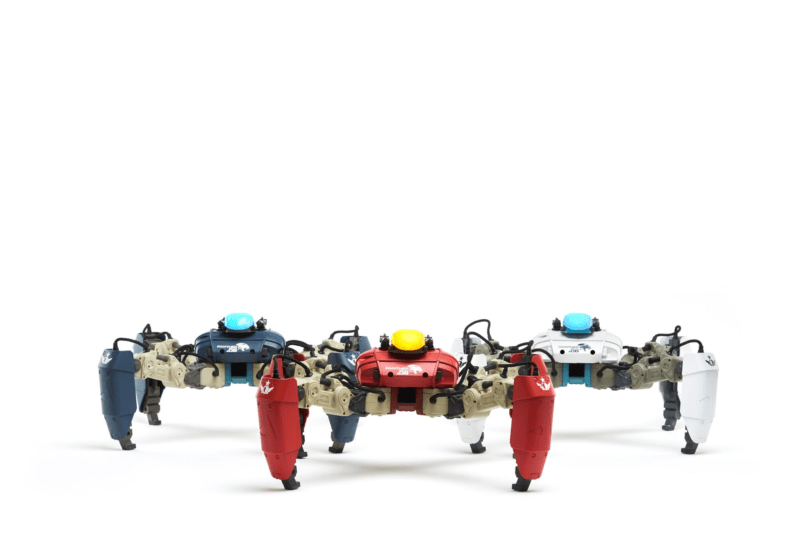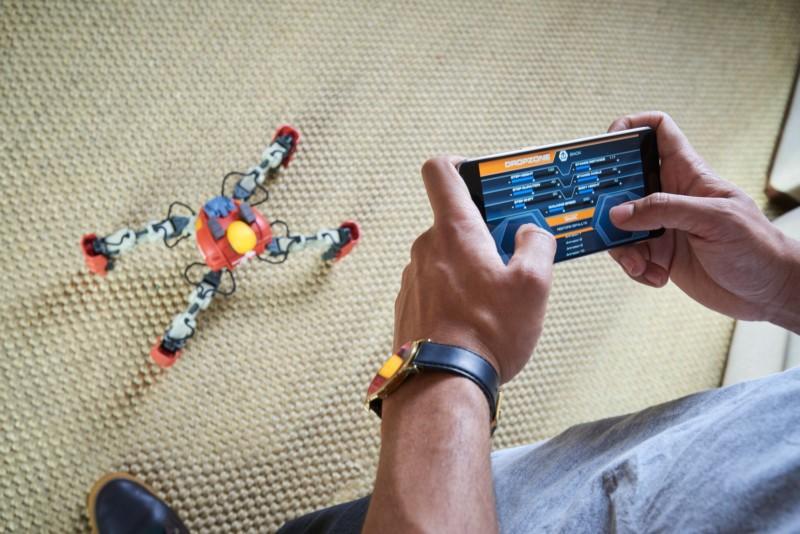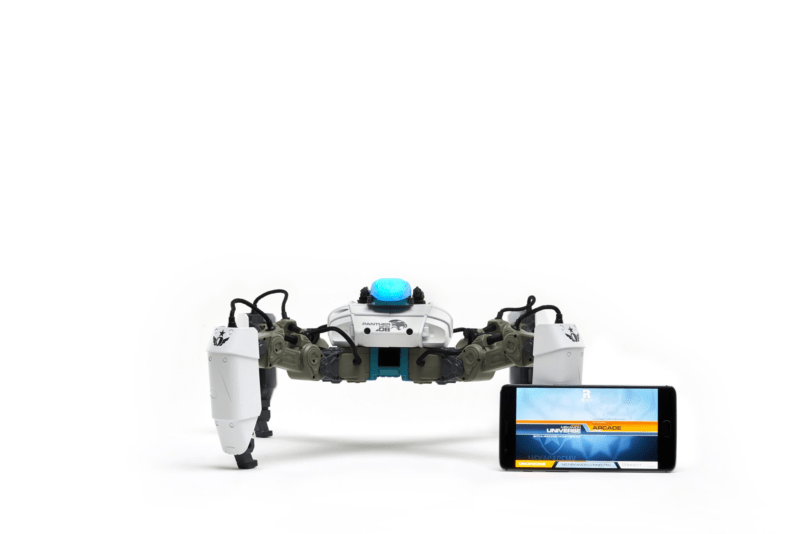Newark, CA / München – 17. März 2017 – Neato Robotics, einer der weltweit innovativsten Hersteller von smarten Haushaltsrobotern, kündigt heute die Integration des Google-Assistenten bei Google Home in die Roboterstaubsauger-Familie Botvac Connected an.
„Die explosionsartige Entwicklung der künstlichen Intelligenz hat eine anspruchsvollere Sprachsteuerung ermöglicht, und wir sind überglücklich, diese revolutionäre Technologie unseren Kunden näherzubringen. Im Mittelpunkt der Marke Neato steht – und so war es immer – die Technologieführerschaft durch Innovation – die Einführung des Google-Assistenten untermauert unser Engagement für Innovationen im Smart Home Bereich“, so Giacomo Marini, Chairman und CEO von Neato Robotics.
Der Google-Assistent bei Google Home kann Fragen beantworten, Musik abspielen, Aufgaben erledigen und Geräte in den eigenen vier Wänden, wie den Neato Roboterstaubsauger, steuern. Wenn man zu Hause ist, sagt man einfach „Okay Google, sag Neato, er soll mit der Reinigung beginnen“. Die Integration ermöglicht es den Kunden auch, den Akkustand zu überprüfen, den Roboterstaubsauger mit der FindMe-Funktion zu lokalisieren und den Reinigungszyklus zu planen – einfach und intuitiv per Stimme. Neato bietet die unterschiedlichsten Möglichkeiten, den Roboterstaubsauger von überall aus zu bedienen. Kunden können wählen, ob sie mit ihrem Roboter über die Neato App, Amazon Alexa, Chatbot für Facebook und jetzt den Google-Assistenten interagieren wollen. Dies erweitert die Neato-Vision von SmartLife ™ – Technologie, die sich nahtlos in den Lebensstil integriert, um das Leben einfacher und intelligenter zu machen.
Seit der Vorstellung des ersten Roboterstaubsaugers hat Neato diverse Innovationen im Bereich Smart Home auf den Markt gebracht. Die neue Integration erweitert die technischen Fähigkeiten und sorgt dafür, dass Neato vollständig in das vernetzte Smart Home integriert ist.
Alle Neato Roboter nutzen die patentierte Neato LaserSmart ™ Technologie des Unternehmens. Diese Laser-Erfassung ermöglicht kontinuierliche Raumkartierung und Echtzeit-Objekterkennung, um den effizientesten Kurs zu planen und so ein optimales Reinigungsergebnis zu erzielen. Das bedeutet, dass der Neato-Roboter seine Navigation sofort ändert, wenn ein neues Hindernis seinen Weg kreuzt. Er navigiert auch in der Dunkelheit intelligent, bewegt sich von Raum zu Raum und weiß, wann er an seine Basis zum Aufladen zurückkehren muss. Nach einer kleinen Pause kehrt der Roboter dann automatisch dorthin zurück, wo er aufgehört hat und beendet den Job.
Die ikonische D-Form der Neato-Roboter und die CornerClever®-Technologie ermöglichen es, nah an Wänden und in tiefen Ecken zu säubern, wo sich Schmutz und Staub häufig festsetzen. Mit einem der größten Bürsten und Schmutzbehälter auf dem Markt können Neato Roboterstaubsauger mehr Staub aufnehmen als andere Roboter.
Verfügbarkeit
Der Google-Assistent mit der Google Home-Integration ist bereits in den USA verfügbar. Unterstützt werden alle Neato Connected Roboterstaubsauger, darunter der Botvac D3 Connected, der Botvac D5 Connected und der Botvac Connected. Der Google-Assistent wird in Kürze auch in Deutschland zur Verfügung stehen, ebenso wie die Amazon Alexa Skill für die Modelle Botvac D3 Connected und Botvac D5 Connected.
Über Neato Robotics:
Neato Robotics mit Sitz im Silicon Valley, Kalifornien, wurde 2009 mit dem Ziel gegründet, Roboter zu entwickeln, die Hausarbeit so intelligent wie Menschen erledigen. Neato arbeitet an der Verbesserung der Zeitersparnis der Verbraucher, sodass weniger Zeit für Reinigung und dafür mehr Zeit mit Familie und Freunden zur Verfügung steht. Mit seinen Roboterstaubsaugern bietet Neato innovative Produkte, die intelligenter, leistungsfähiger und effektiver sind als andere auf dem Markt erhältliche Staubsaugroboter.
Weitere Informationen zu den neuen Modellen sowie zu weiteren Geräten der Neato-Familie erhalten Sie hier: www.neatorobotics.com/de
